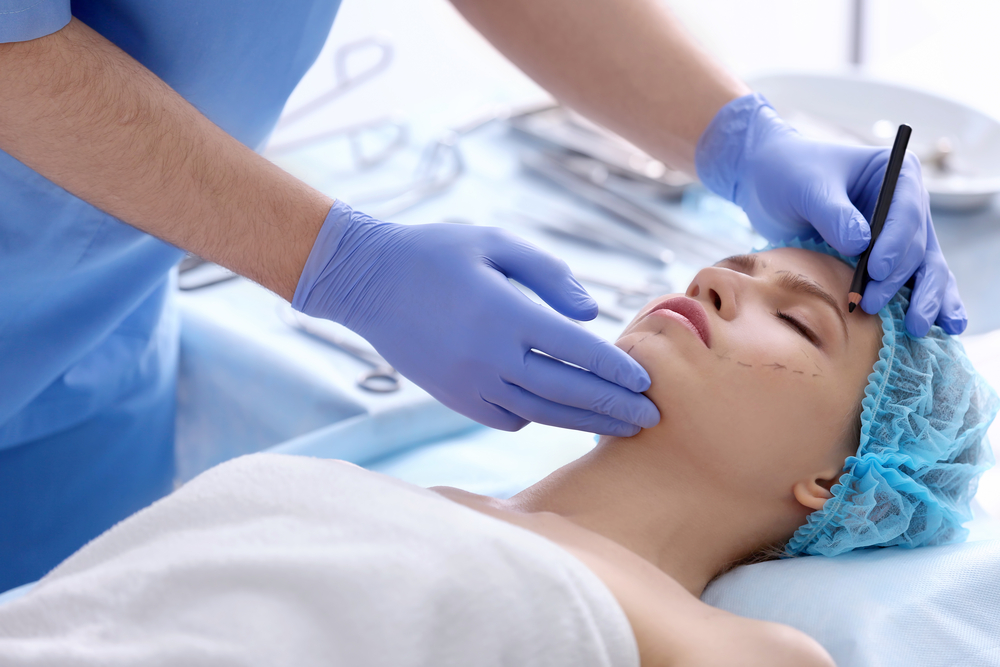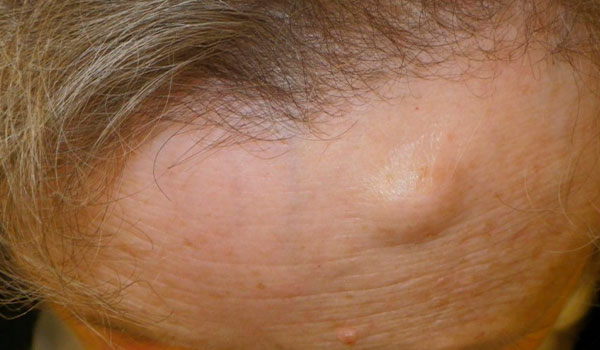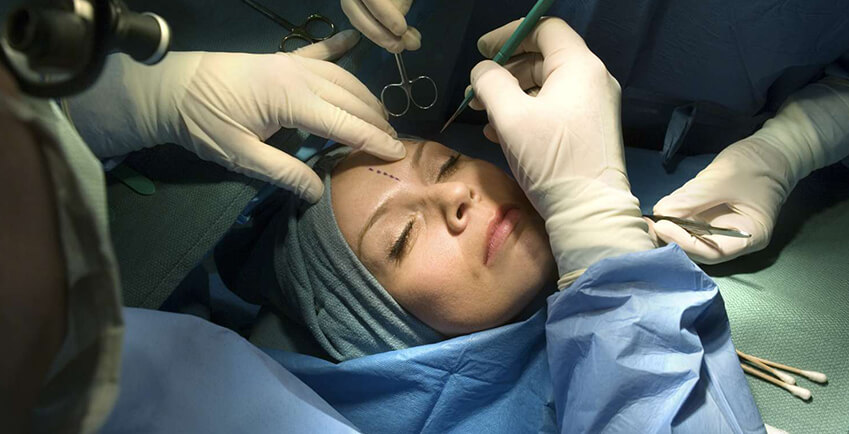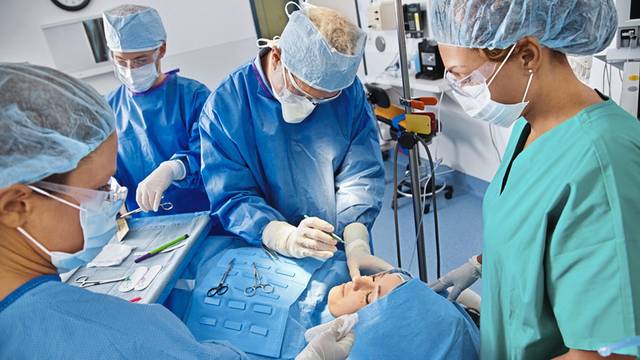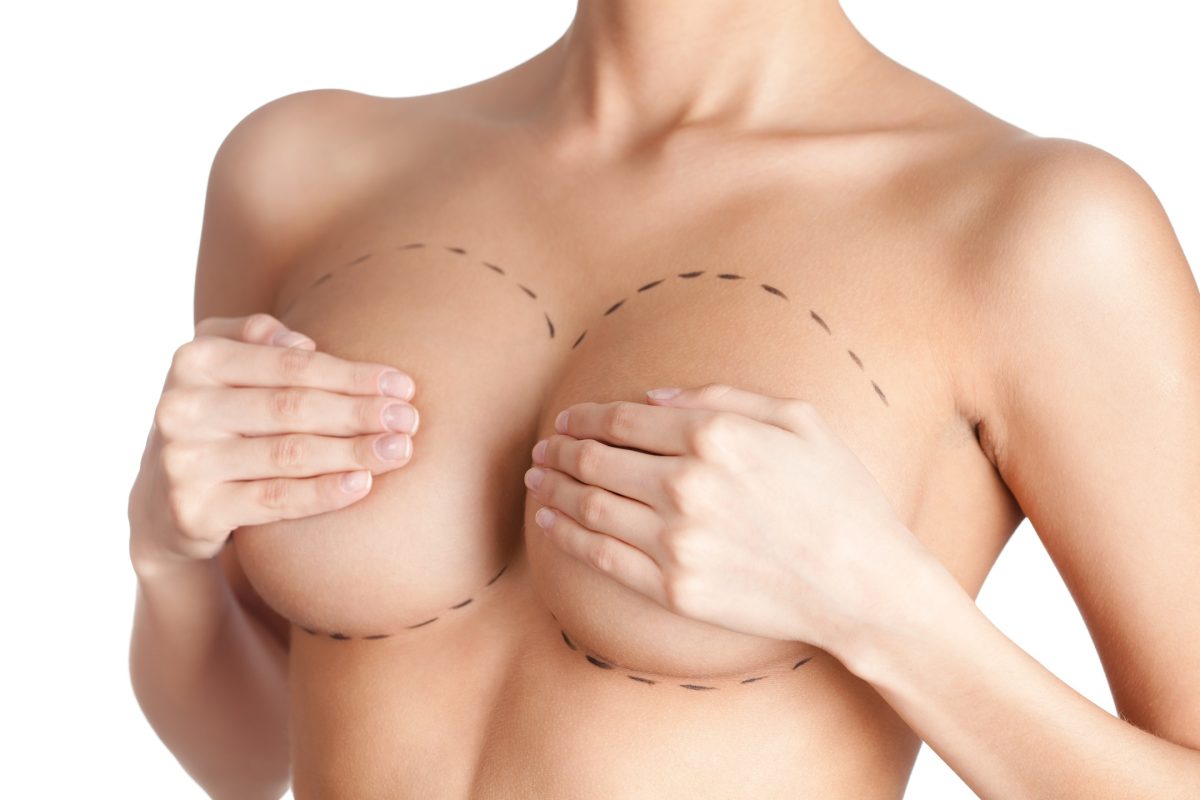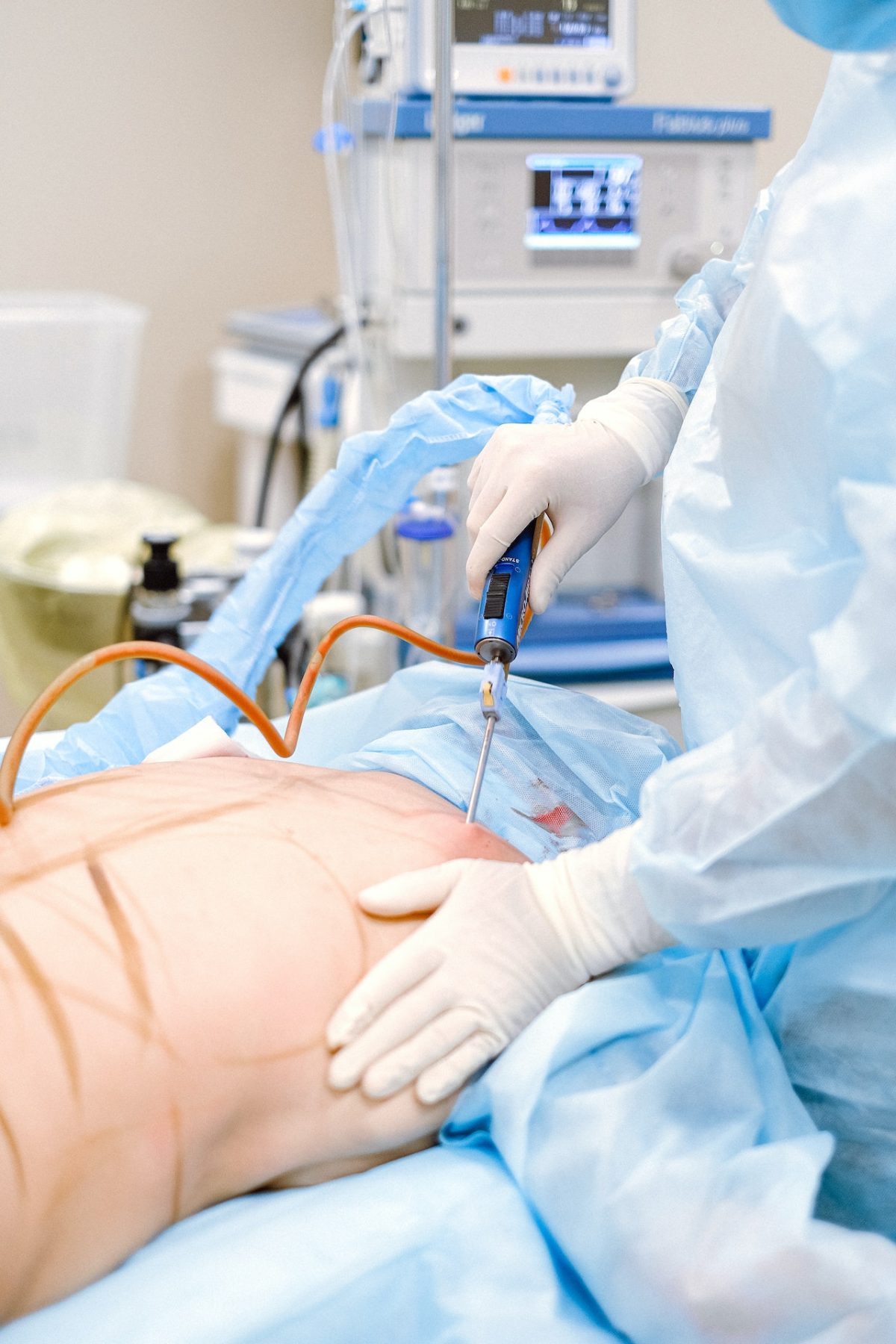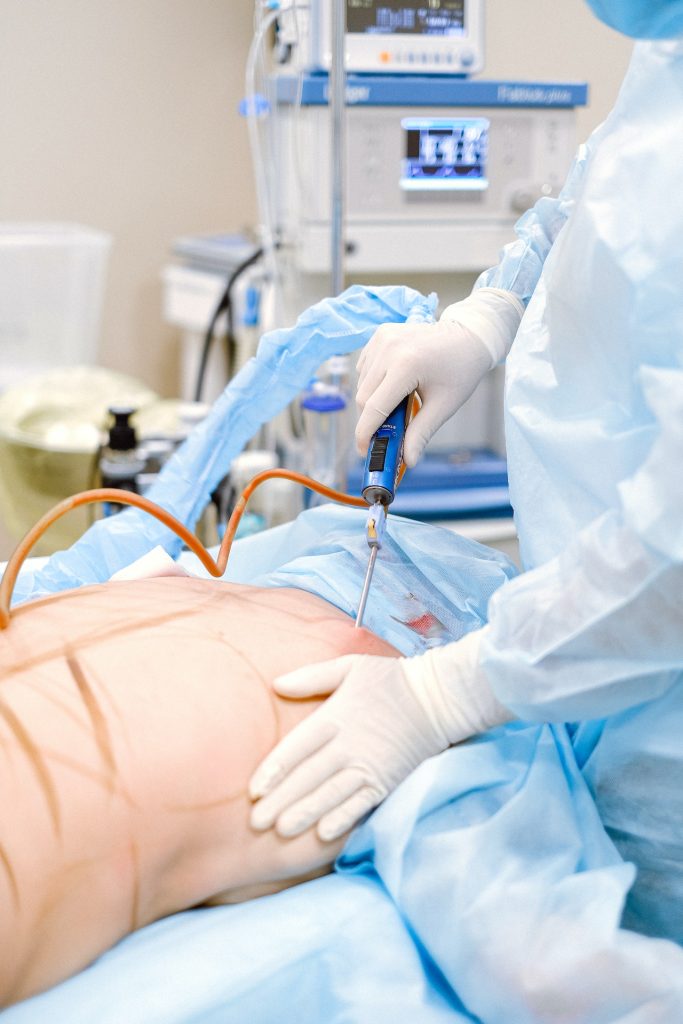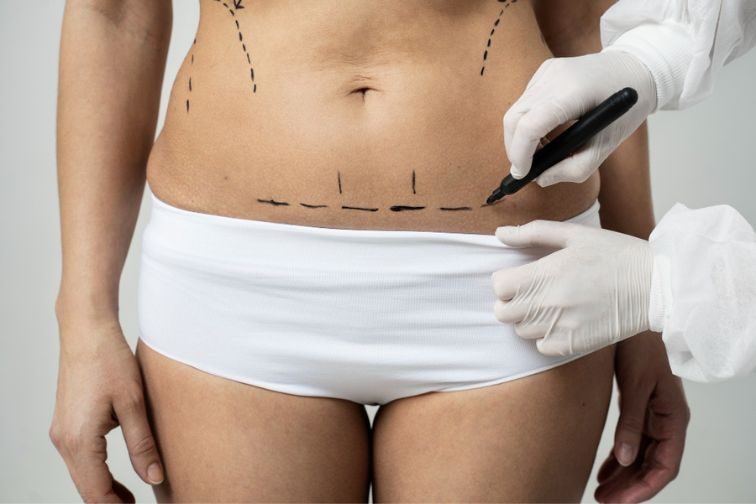Ear pinning, a surgical procedure aimed at correcting protruding ears, has garnered significant attention for its ability to enhance facial harmony and boost self-confidence. This intervention, medically known as otoplasty, involves reshaping the cartilage behind the ears to achieve a more aesthetically pleasing appearance. Ideal for individuals feeling self-conscious about their ear size or position, ear pinning offers a permanent solution to this common concern. By delving into the specifics of the procedure, recovery time, and expected outcomes, potential candidates can make informed decisions about pursuing ear pinning.
Understanding Ear Pinning Surgery and Otoplasty
Cosmetic vs. Reconstructive
Cosmetic otoplasty aims to change the ears’ appearance for aesthetic reasons. It focuses on making the ears look better or more balanced with the rest of the face. On the other hand, reconstructive otoplasty repairs deformities or injuries. This type might help someone born with ear defects or someone who has suffered an injury.
Both types aim to improve how ears look, but their reasons differ significantly. While cosmetic surgery is chosen, reconstructive surgery is often needed for medical reasons.
Surgery Goals
The main goals of ear pinning surgery are symmetry, proportionality, and confidence enhancement. The procedure adjusts the angle and shape of protruding ears to make them less noticeable. By doing so, it brings a more balanced look to a person’s facial features.
Achieving these goals can greatly boost an individual’s self-esteem and confidence. Many patients report feeling happier with their appearance after surgery.
Age Considerations
Ear pinning surgery is suitable for both children and adults but is most commonly performed on children between 5 to 14 years old. At this age, the ears have usually reached their full size, making it an ideal time for correction.
For adults considering this procedure, there’s no upper age limit as long as they’re in good health. Each case requires careful evaluation by a specialist to ensure optimal outcomes.
Preparing for Ear Pinning Surgery
Surgeon Selection
Choosing the right plastic surgeon is crucial. Look for someone with specific experience in ear surgeries. Check their credentials and past work.
A qualified surgeon ensures safety and satisfactory results. They guide you through the process, reducing anxiety.
Pre-Surgery Consultation
A thorough consultation is essential before ear pinning surgery. Discuss your expectations and any concerns with your surgeon. They will evaluate your ears and overall health to tailor the procedure to you.
This appointment also covers risks, recovery, and outcomes of the surgery. It’s a time to ask questions and get detailed answers.
Lifestyle Adjustments
Before surgery, certain lifestyle adjustments are necessary. Stop smoking as it can affect healing. Review medications with your doctor, especially those that might increase bleeding risk like aspirin or ibuprofen.
Avoid alcohol a week before surgery. Ensure good sleep patterns for optimal recovery conditions.
Medication Review
Review all medications with your healthcare provider prior to surgery day.
-
Blood thinners may need adjustment.
-
Inform about allergies or reactions to anesthesia.
Pain medication will be prescribed post-surgery for comfort during recovery.
The Surgical Process of Ear Pinning
Anesthesia Options
Before the surgery starts, doctors decide on anesthesia. They choose between local with sedation or general anesthesia. Each has its benefits.
Local anesthesia with sedation makes you relaxed but awake. You won’t feel pain during the procedure. General anesthesia puts you to sleep completely. It’s often used for children or those feeling anxious.
Surgical Steps
The ear pinning process begins once anesthesia takes effect. Surgeons make small cuts behind the ears to access the ear cartilage.
They then sculpt and reshape this cartilage to achieve a more natural look for protruding ears. To maintain the new position, surgeons use sutures or stitches that anchor the ear closer to the head.
Surgery Duration
Ear pinning usually takes about two hours, depending on each case’s complexity. This time allows surgeons to carefully adjust both ears for symmetry.
Patients can go home on the same day after a short recovery period in most cases.
Recovery Process After Ear Pinning
Immediate Aftercare
Right after the surgery, patients find themselves in the recovery room. Here, nurses monitor vital signs to ensure everything is stable. Patients will notice bandages around their heads. These are crucial for healing.
The first few days can bring discomfort and swelling. It’s normal but uncomfortable. Pain medication prescribed by the surgeon helps manage this phase effectively.
Recovery Timeline
Recovery varies among individuals but follows a general timeline. Within a week, most patients can return to work or school. However, they should avoid strenuous activities.
Full activity resumption takes about six weeks. This includes sports or any exercise that could strain the ears.
Importance of Aftercare Instructions
Following the surgeon’s aftercare instructions is key to a smooth recovery.
-
Keep head elevated
-
Avoid touching or scratching
-
Attend follow-up appointments
These steps prevent complications and ensure optimal healing.
Post-Surgery Care and Follow-Up for Otoplasty
Infection Signs
After ear pinning, patients should be vigilant about signs of infection. These include:
-
Increased redness
-
Swelling
-
Pain around the incision site
-
Fever
Patients must contact their doctor immediately if they notice any of these symptoms. Early detection can prevent complications.
Proper care is crucial to avoid infections. Patients are advised to follow all care instructions given by their clinic closely. This includes how to clean the incisions and when to change bandages.
Routine Care
Maintaining overall ear health post-surgery involves several steps. Initially, keeping the area clean and dry is essential.
Patients should gently wash their ears following specific guidelines from their healthcare provider. Avoiding direct water pressure on ears during showering helps protect healing skin.
Wearing a headband or special bandage at night might be recommended to support the new ear position during sleep.
Follow-Up Appointments
Scheduling routine follow-up appointments is key for monitoring healing progress after otoplasty.
During these visits, doctors assess:
-
The condition of incisions.
-
Ear symmetry.
-
Any potential issues needing attention.
These appointments also offer patients a chance to ask questions about recovery and activities they can resume.
Potential Risks and Complications of Ear Pinning
Common Risks
Ear pinning, while generally safe, carries some risks. Infection is a notable concern post-surgery. It can cause discomfort and delay healing. Scarring is another common issue. Though surgeons aim for minimal visibility, scars can sometimes be more prominent than expected.
Asymmetry between ears may also occur after surgery. This could result in one ear appearing differently from the other in shape or position. Such outcomes necessitate open discussions with your surgeon before proceeding.
Serious Complications
Though rare, serious complications can arise from ear pinning surgery. Nerve damage is among these concerns, potentially leading to loss of sensation or movement around the ears. Blood clots are another severe risk that can have significant health implications if not addressed promptly.
Patients should report any unusual symptoms to their surgeon immediately. Symptoms like excessive pain, sudden swelling, or changes in skin color around the surgical site are red flags.
Eligibility and Considerations for Ear Correction Surgery
Health Requirements
Candidates for ear correction surgery must be in good physical health. This ensures they can undergo the procedure with minimal risks. People considering this surgery should have no major health issues that could complicate anesthesia or healing.
Realistic expectations are also crucial. Patients should understand what the surgery can and cannot do. It aims to improve appearance, not perfect it. Those seeking correction for large ears or other facial features should discuss their goals with a surgeon.
Psychological Readiness
For younger patients, psychological readiness is essential. Children, especially those facing teasing at school due to large ears, may benefit from ear pinning. However, they need to understand the process and feel comfortable with the decision.
Parents play a key role in discussing these aspects with their children. They should ensure their child is mentally prepared for the changes in appearance post-surgery.

Timing Impact
The timing of ear correction surgery can affect outcomes significantly.
-
Performing surgery at a younger age has benefits:
-
Cartilage is more pliable.
-
Recovery times may be shorter.
-
It potentially reduces psychological distress from bullying related to prominent ears.
However, waiting until an individual is older allows them to make their own informed decision about undergoing cosmetic procedures.
Ear pinning surgery, or otoplasty, represents a significant step for individuals seeking to alter the appearance of their ears for various reasons, including boosting self-confidence and comfort. The journey from preparation through recovery demands careful consideration, adherence to post-surgery care instructions, and an understanding of potential risks. It is crucial for candidates to thoroughly evaluate their eligibility and the implications of such a procedure. This process underscores the importance of consulting with experienced medical professionals to ensure the best outcomes.
The decision to undergo ear pinning surgery should be informed by comprehensive research and professional guidance. Those considering this path are encouraged to discuss their expectations and concerns with a qualified surgeon who can provide personalized advice and support throughout the surgical experience. Taking this proactive approach helps ensure that patients are well-prepared for both the procedure and its aftermath, paving the way for satisfactory results.
Frequently Asked Questions
What is ear pinning surgery?
Ear pinning, or otoplasty, is a surgical procedure designed to correct protruding ears by reshaping the cartilage. This brings the ears closer to the head for a more typical appearance.
How should I prepare for ear pinning surgery?
Preparation involves consulting with your surgeon to discuss goals and expectations. Pre-surgical instructions may include stopping certain medications and arranging for post-surgery care and transportation.
What does the surgical process of ear pinning involve?
The process typically includes making incisions behind the ears, removing or reshaping cartilage, then securing the ears in their new position. It’s performed under anesthesia to ensure comfort.
What can I expect during recovery from ear pinning?
Recovery involves rest and limited activity to allow healing. Swelling and discomfort are common but manageable with prescribed medication. A headband might be required to support healing ears.
How do I take care of my ears after otoplasty?
Post-surgery care includes keeping incisions clean, following your surgeon’s advice on bathing and hair washing, attending follow-up appointments, and avoiding any pressure on your ears.
Are there risks associated with ear pinning surgery?
Potential risks include infection, bleeding, asymmetry between ears or dissatisfaction with results. However, serious complications are rare when performed by a qualified surgeon.
Who is eligible for ear correction surgery?
Candidates typically have fully grown ears (usually by age 5), are in good general health without chronic ear infections or untreated hearing problems. Personal motivation and realistic expectations are also important considerations.






